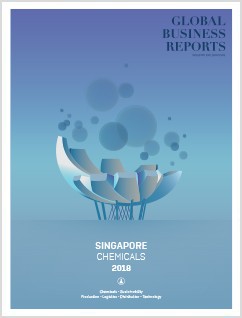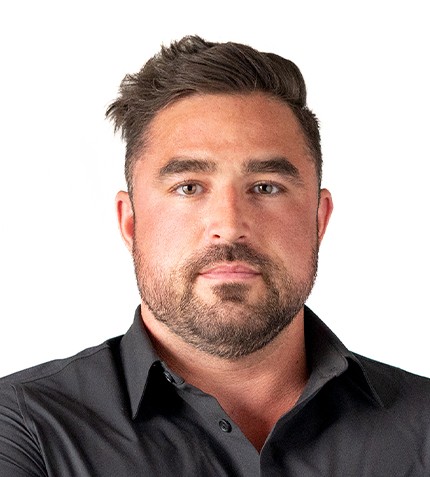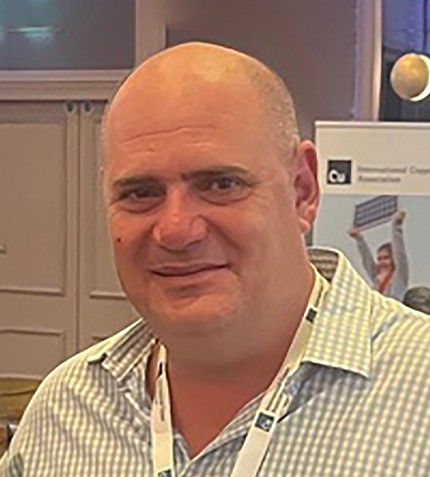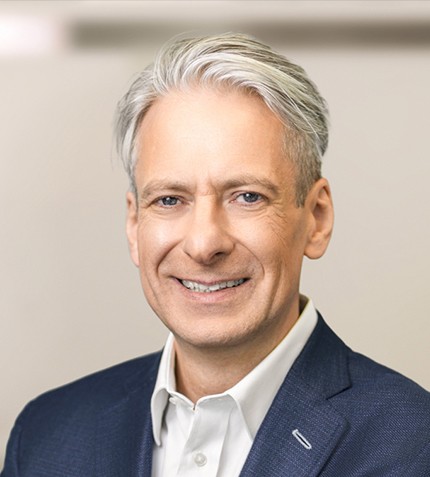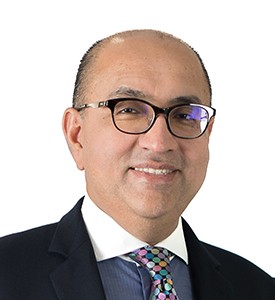
“With the formation of Enterprise Singapore, our role is to grow stronger Singapore enterprises. Building on the foundation of the two previous organizations, we now have increased and improved resources to be more effective on both the domestic and international fronts.”
RELATED PUBLICATION
ARTICLES FROM THIS PUBLICATION
- Singapore’s Chemicals Sector is Undergoing a Transformation
- For a Rainy Day: Singapore targets water self-sufficiency
- Manpower Constraints a Persistent Burden for Industry in Singapore
- Singapore’s Chemical Producers: Feeding Asia’s Appetite
- Distribution: Streamlining the Channels
- The Brave New World of Chemicals
- Prosperity or Penury – Singapore's Petrochemicals Industry Faces Challenges to Re-invent Itself
Satvinder Singh
ASSISTANT CHIEF EXECUTIVE OFFICER, ENTERPRISE SINGAPORE
With International Enterprise (IE) merging with the Standards, Productivity and Innovation Board (SPRING) in April to form Enterprise Singapore, can you share with us what is new and different under Enterprise Singapore?
IE Singapore was the trade promotion agency responsible for spearheading the overseas growth of Singapore companies as well as promoting international trading and the development of Singapore’s trading ecosystem, while SPRING Singapore was the agency responsible for driving the enterprise growth of small and medium enterprises in Singapore. It was also Singapore’s national standards and accreditation body.
With the formation of Enterprise Singapore, our role is to grow stronger Singapore enterprises. Building on the foundation of the two previous organizations, we now have increased and improved resources to be more effective on both the domestic and international fronts. We hope to drive more collaboration opportunities with overseas companies and partners.
Enterprise Singapore is responsible for growing the wholesale trade sector of Singapore. What is your assessment of the current trading environment in Singapore?
Last year, the Singapore economy grew by 3.5% and trade has also grown effectively. The biggest driving force is regional growth from the major economies that sit within the Asian time zone. When looking at projected growth for 2030, trends suggest that the top economies in the world will be China, the United States, India, Japan and Indonesia. Singapore sits in the middle of four out of five of these economies, providing us a unique ability to be a critical part of their trade flows with one another and the rest of the world. We are the biggest trading hub in Asia, but we have the potential to become one of the biggest trading hubs in the world. Our pro-business environment encourages innovation for trade, and we have the right infrastructure to support this, be it through our R&D centers or talent pool. Singapore has become a magnet for solution providers who are producing new digital trade services in areas including reducing frictional costs in trade transactions and enhancing decision making through data analytics.
What is Singapore’s key strategy to developing itself as the leading petrochemicals hub in the world?
The strategy includes large investments in infrastructure that we have already embarked on in the past two to three decades. We can see the fruits of those investments through the full implementation of an integrated petrochemical infrastructure on Jurong Island. Major petrochemical players are attracted here by both the marketplace, the availability of international talent, and the effective pro-business policies. People trust the system of jurisdiction very deeply. We are a neutral marketplace where rule of law works, where contracts can be drawn up quickly, and mediation and arbitration are deemed to be efficient and fair - all things that businesses welcome.
From a trading perspective, we have been continuously strengthening our position as a connected marketplace. We build regional and global networks, which add to Singapore’s position as a world class logistics and supply chain management hub. To grow, the chemicals trading sector require such services.
Can you tell us about Singapore’s growing capabilities as an LNG trading hub?
Enterprise Singapore has been actively building the LNG trading community and there has been a significant increase in the number of players in the LNG trading cluster in Singapore. The LNG cluster in Singapore was nascent a decade ago, but there are now more than 45 companies with LNG trading or business development presence. With SLNG’s fourth storage tank due to be completed by the first half of 2018, we are looking forward to the additional storage capacity which will not only cater to our domestic needs but also increase the scope for more LNG physical trading activities.
Can you share with us some of the latest developments in the energy and chemicals sector?
The sector, especially energy, has been impacted in the last couple of years due to a global collapse in energy prices. However, the market has stabilized over the last six months. In downstream marketing and trading, the industry remains relatively resilient when markets are down. When companies deal with price fluctuations and uncertainties, more activities in risk management occur. This is why the role of the trading hub becomes more important. Producers need to think about managing risk in terms of exposure, as well as producing and distributing their output. As a trading hub, Singapore provides an environment where we bring all of such parts together, leading to efficient optimization for the energy trading industry.
How much further can the city-state realistically grow, considering its limitations with respect to land and population?
Production requires physical space, which is a limitation. But looking beyond this, physical constraints are not preventing Singapore from becoming a petrochemical, marketing and trading hub. From that perspective, our hinterland is what is around us, and any activity - in Philippines, Thailand, or elsewhere - will come from physical investments in the region. Companies that manage these flows will be attracted to this marketplace, supported by global banks. Global market players are using our rules of engagement to contract, arbitrate and mediate. Regional development and production triggered by increased consumption is not constrained by Singapore’s geographical location. It is more important that we have the correct environment, with a market and financial sector, a good rule of law and a pool of global talent. Most of the ASEAN economies are committed to a world with open markets, providing good services, which will propel our region faster, and keep us steering on the growth trajectory of recent years.




